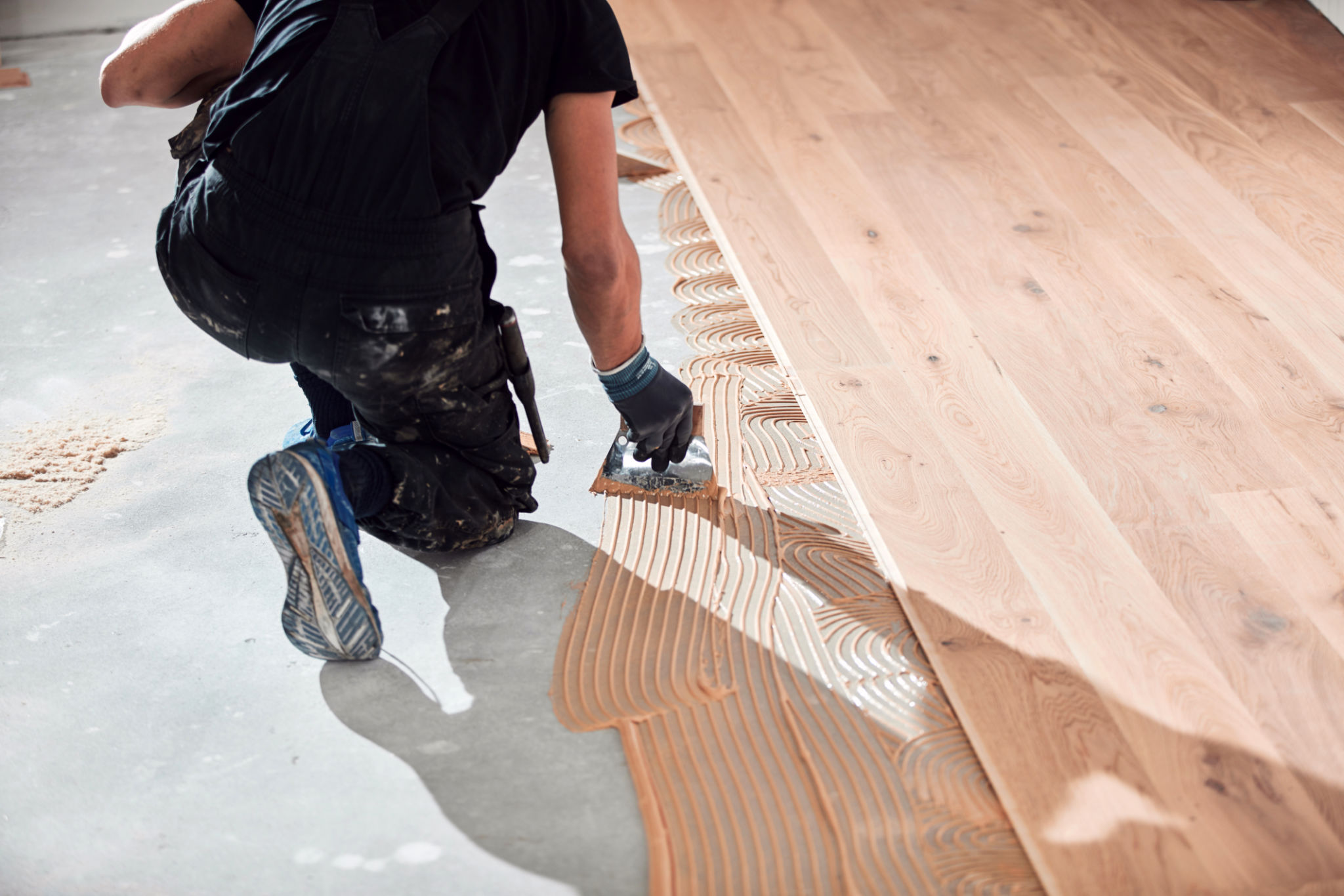Transforming Spaces: Before and After Flooring Renovations
The Power of Flooring Renovations
When it comes to home renovations, flooring is often overlooked. However, transforming the floors of your home can completely revitalize the space, offering a fresh and inviting atmosphere. Whether you're updating an outdated look or aiming to increase your property’s value, new flooring can make a significant impact.
Flooring renovations not only enhance the aesthetic appeal but also improve functionality. Choosing the right flooring material is crucial to achieving both beauty and practicality. With options ranging from hardwood and laminate to tile and carpet, each type offers unique benefits tailored to different needs.

Identifying the Right Flooring
Before diving into a flooring renovation, it's essential to assess your space. Consider factors such as foot traffic, exposure to moisture, and the overall style of your home. For high-traffic areas like hallways or living rooms, durable materials like hardwood or tile are ideal. In contrast, bedrooms may benefit from the comfort of carpet or engineered wood.
Additionally, consider your lifestyle and any specific requirements. For instance, households with pets might prioritize scratch-resistant surfaces, while families with young children may seek easy-to-clean options. Selecting the appropriate flooring ensures longevity and satisfaction in your investment.
Material Selection
Once you’ve identified your needs, explore the different materials available. Here are some popular choices:
- Hardwood: Offers timeless elegance and can be refinished multiple times.
- Laminate: Provides a cost-effective alternative to hardwood with similar aesthetics.
- Tile: Ideal for moisture-prone areas like bathrooms and kitchens.
- Carpet: Adds warmth and comfort, especially in bedrooms.

The Transformation Process
The flooring renovation process typically involves several key steps. Initially, the old flooring must be removed. This can be a labor-intensive task, especially if dealing with glued-down tiles or thick carpets. Once cleared, the subfloor is prepared to ensure a smooth installation of the new material.
Installation methods vary based on the type of flooring chosen. For example, hardwood planks are often nailed down, while tiles require precise alignment and grouting. Hiring professional installers can guarantee a flawless finish, but DIY enthusiasts can also tackle some projects with the right tools and guidance.
The Big Reveal
Once the installation is complete, the transformation is truly remarkable. New flooring can breathe life into a dull room, creating a cohesive look that ties together various design elements. The change often exceeds homeowners' expectations, reaffirming the decision to invest in quality flooring.

Before and After: Real-Life Examples
Imagine walking into a living room with worn-out carpet and faded linoleum. After renovation, that same space boasts sleek hardwood floors that reflect natural light and complement modern furnishings. This transformation not only enhances visual appeal but also increases the home’s marketability.
In another example, a cramped kitchen with outdated tiles can be transformed into a bright and airy space with contemporary vinyl planks. The new flooring pairs seamlessly with updated cabinetry and appliances, creating a harmonious culinary environment.
Conclusion: Embrace the Change
Flooring renovations are more than just a cosmetic change; they are an investment in your home’s future. By carefully selecting materials and executing a thoughtful installation plan, you can transform any space into a functional and stylish haven. Whether you aim to create an inviting family area or boost your property’s value, new flooring serves as a foundation for countless memories and experiences.
Embrace the opportunity to revitalize your home through flooring renovations and witness firsthand the remarkable transformation that awaits.